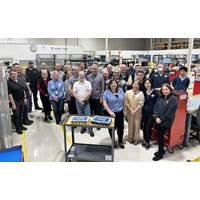
Mesoteh Rebrands to Kongsberg Discovery Canada
areas ranging from renewable energy and infrastructure, through to search and rescue, all of whom rely on high resolution sonar systems and acoustic technology to unlock in-depth ocean understanding.Mesotech, which employs 50 local experts manufacturing more than 100 marine surveillance and detection systems, has been a part of the Norway-headquartered Kongsberg Group since 1997.Kongsberg Discovery launched as a standalone company last year, drawing together the Kongsberg Group’s advanced underwater robotics and sensor portfolio in a separate entity for the first time.“This is a new
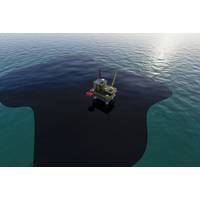
Aker BP Hires Contractor for New Oil Spill Detection Solution
involved,” said Håvard Odden, director of Vissim’s North Sea operations. The system also capitalizes on machine learning to classify detected phenomena, thus preventing that the system generates false alarms which has traditionally been a concern in radar-based oil spill detection systems.The two-in-one solution from Vissim allows both vessel tracking and oil spill detection through the same radar. A higher degree of sensitivity in image processing makes the new system less susceptible to false alarms caused by heavy rain, vessel wake and other phenomena.Last autumn, Aker BP
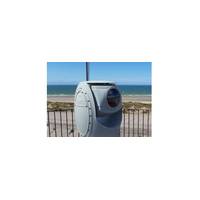
New Sensors Expected to Reduce Illegal Immigration Across English Channel
French and British authorities have ordered infrared panoramic detection systems from French company HGH to help reduce illegal immigration across the English Channel.The two countries have previously signed a “smart border” agreement worth 72.2 million euros for the period 2022-2023. The aim is to use advanced technologies to secure the coastline and prevent people drowning onboard makeshift boats.HGH will provide its SPYNEL solutions which allow for permanent and continuous surveillance. They will be used in addition to the surveillance provided by patrols, drones and planes already used
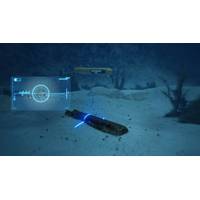
Racing to the Bottom: Seabed Warfare Brings Threats, Opportunities
. Meanwhile, resident AUV systems, such as the Saab Seaeye Sabertooth double hull, which can operate at depths of 3000 meters for up to six months at a time, could be strategically prepositioned to provide persistent, autonomous surveillance and inspection. In shallower, coastal regions, intrusion detection systems could be deployed, such as Sonardyne’s Sentinel, which can detect divers and UUVs at ranges of up to 1200 meters, even in cluttered coastal environments. Energy to power seabed sensors and resident AUV systems could be provided by a deep sea fuel cell power station, such as the Subsea
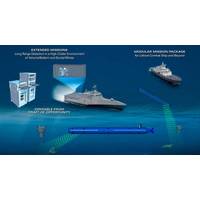
Getting to the Bottom of the Navies' Mine Warfare Challenges
. Herman Lammers of the Royal Netherlands Navy, director of the NATO Naval Mine Warfare Centre of Excellence in Ostend, Belgium.“Buried mines lie completely under the seabed, are fully covered, and can only be detected with specialized, bottom penetrating sonar systems, or other sophisticated detection systems like magnetic anomaly detection,” said Lammers. “For buried mines it is even more difficult, as you have to look into the bottom to detect them. At the moment there are only very few sonar systems that are able to do so,” Lammers said. “It’s only possible
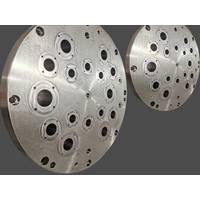
OceanTools Invests in CNC Machinery
OceanTools has reported an increase in demand for its products and engineering services, leading to the recent investment in £300,000 ($388,000) of computer numerical control (CNC) machinery. “This significant investment allows OceanTools to produce our world-leading subsea dye detection systems, cameras, lights and pressure housings far quicker than ever before, due to previous reliance on third-party machine shops” explained Kevin Parker, OceanTools’ managing director. “It allows us to respond to the demands of our customers in a more time efficient manner, and
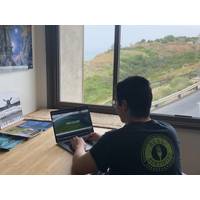
Hacking 4 Environment: Oceans - Creating Entrepreneurs from Scientists and Students
to address an ocean-related problem that could use a new solution.Student teams experienced what it is like to create a startup or policy solution focused around solving such challenges as kelp forest restoration, weaknesses in the fishing supply chain, water pollution analysis, flooding detection systems, using unmanned surface vehicles (USVs) to detect harmful algae blooms, and exploring new applications for eDNA measurement technology.Equally important, the courses gave students the chance to make a difference in the world.The class was co-created with the BMNT consultancy, and -- working
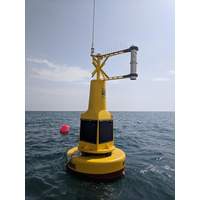
Complete Oil Spill Monitoring Solutions for Vulnerable Areas
and install systems including oil spill monitoring buoys that are capable of detecting and monitoring surface sheens, oil in water monitoring buoys that can identify and quantify crude oil and refined fuels present in the water column using submersible sensors, and land-based non-contact oil spill detection systems. These structures can detect a variety of hydrocarbon based substances, and can be set up to ignore other materials that fluoresce in the same wavelength.Real time data from these monitoring systems can be transmitted via GSM, UHF radio and satellite to a base station and can be displayed online
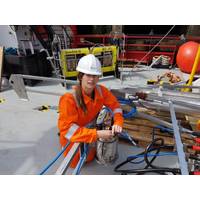
MTR100: Sonardyne International Ltd.
is at the forefront of the drive towards safe, efficient and cost effective marine operations including: the latest in over-the-horizon, unmanned and remote autonomous navigation and data harvesting systems; centimeter-level seabed monitoring for hydrocarbon and geoscience applications; intruder detection systems able to detect and track next generation asymmetric threats in the defense space; and supporting emergent subsea resident robotics systems with hybrid navigation capabilities and super-fast, free space optical communications for live control.This UK, privately-owned enterprise also has an eye


 February 2025
February 2025





